
Father’s Day Gift Guide For Carpenters
Father’s Day is just around the corner, and it’s time to show appreciation for the man who has always been there to fix things around
Whether you are a professional or a homeowner who works around the house, having the right tool belt for your work can make a huge difference. That is why we have created the simplest tool belt buying guide for 2024. The best tool belt will be one that can fit all of your most important tools for the job, keep them well organized, and sit comfortably on your waist.
In terms of buying the right tool belts for your specific needs, there are many different styles including those that are made for a particular profession.
For example, carpenter tool belts share traits needed by roofers, electricians, and HVAC tool belts, and prioritize carrying small tools. Framing tool belts often come with suspenders to displace the weight of large power tools. Drywall tool belts prioritize pouches for screws and having your hands free. Lastly, belts for cable techs are light with many pouches.
To add it up, good tool belts can be made out of multiple materials, the most common are suede, leather, and nylon. Quality leather tool belts are often the most expensive, however, they are durable and last for a very long time. So it is worth the investment.
We hope this blog will help you find the best tool belt this 2024 for your specific needs.

Durability is an important factor to consider when buying a tool belt, as it will determine how long the belt will last and withstand the wear and tear of daily use. A durable tool belt will be made of high-quality materials that can withstand rough handling and harsh environments. Look for a belt that is made of a sturdy, water-resistant material such as leather or polyester, and has reinforced stitching to prevent tearing. Nylon-made tool belts are also popular nowadays because this can material can be strengthened without comprising its weight.
A tool belt with a metal buckle will also be more durable than one with a plastic buckle. Some heavy-duty tool belts don’t just have a sturdy material but are also supported with steel rivets just like the Top-Grain Leather Tool Belt Kit. Consider the weight of the tools you will be carrying and choose a belt that is strong enough to support them. In general, it is worth investing in a more durable tool belt as it will save you money in the long run by not having to replace it as frequently.
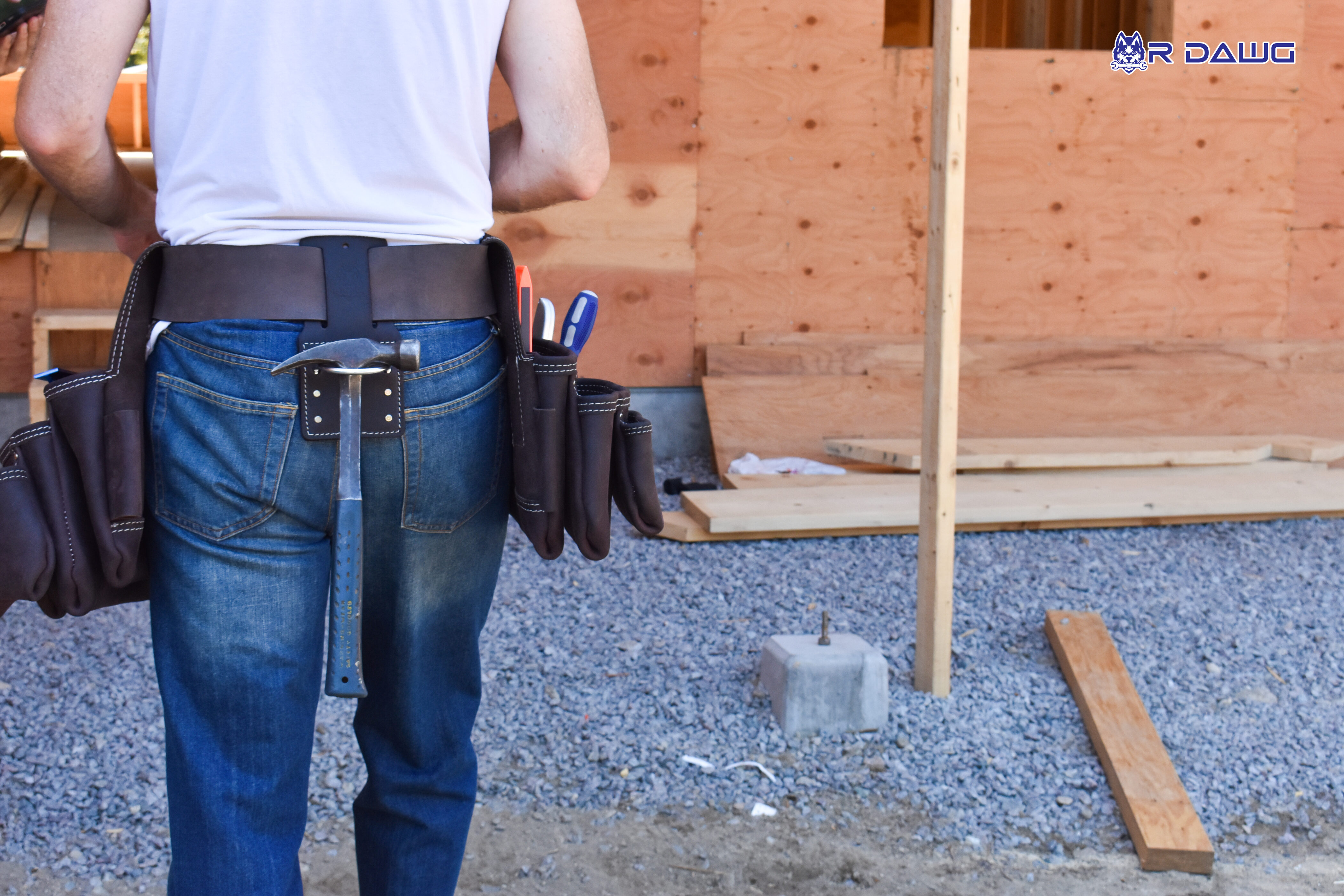
Size and fit are important factors to consider when buying a tool belt this 2024, as a belt that is too large or small can be uncomfortable and cumbersome to wear. The wrong size and fit can affect your ability to work faster or move better which is very important. To find the right size, measure your waist or hips (depending on where you prefer to wear the belt) and look for a belt with a size range that includes your measurement. Some tool belts are designed to be worn at the front while others can be more versatile like this 11-pocket suede leather tool belt.
As a rule of thumb, it is important to try on the belt before purchasing it to ensure a comfortable fit. A tool belt should sit comfortably on your hips or waist and not feel too tight or restrictive. It should also have adjustable straps or sizing holes on the work belt to allow for a customizable fit. Consider the length of the tools you will be carrying and choose a belt with enough pockets and compartments to accommodate them. Overall, the right size and fit will help you feel comfortable and secure while wearing the belt and allow you to easily access your tools.

Comfort and weight are important factors to consider when buying a tool belt this 2024, as a belt that is too heavy or uncomfortable can be difficult to wear for extended periods of time. A comfortable tool belt should have padding in the waist or shoulder straps to help distribute the weight of the tools evenly and reduce pressure on any one point. Look for a belt with breathable, moisture-wicking materials to help keep you cool and dry. The weight of the belt itself should also be taken into account, as a heavy belt can add unnecessary strain on your body. Consider the weight of the tools you will be carrying and choose a belt that is strong enough to support them while still being lightweight. Overall, a comfortable and lightweight tool belt will allow you to work more efficiently and reduce fatigue.
Design and organization are important factors to consider when buying a tool belt, as a well-designed belt will help you organize tools better and work more efficiently. Look for a belt with pockets and compartments that are positioned in a way that allows you to easily access your tools. A belt with pockets of different sizes can help you keep small and large tools separate and organized. Consider the types of tools you will be carrying and choose a tool pouch that has modular pockets so it will fit the right tools properly. A belt with a strong and secure closure can help prevent tools from falling out and avoid accidents. A belt with a central utility pouch or attachment point can be helpful for carrying larger or more cumbersome tools. Overall, a well-designed tool belt shouldn’t just help organize your tools but also be ergonomic.
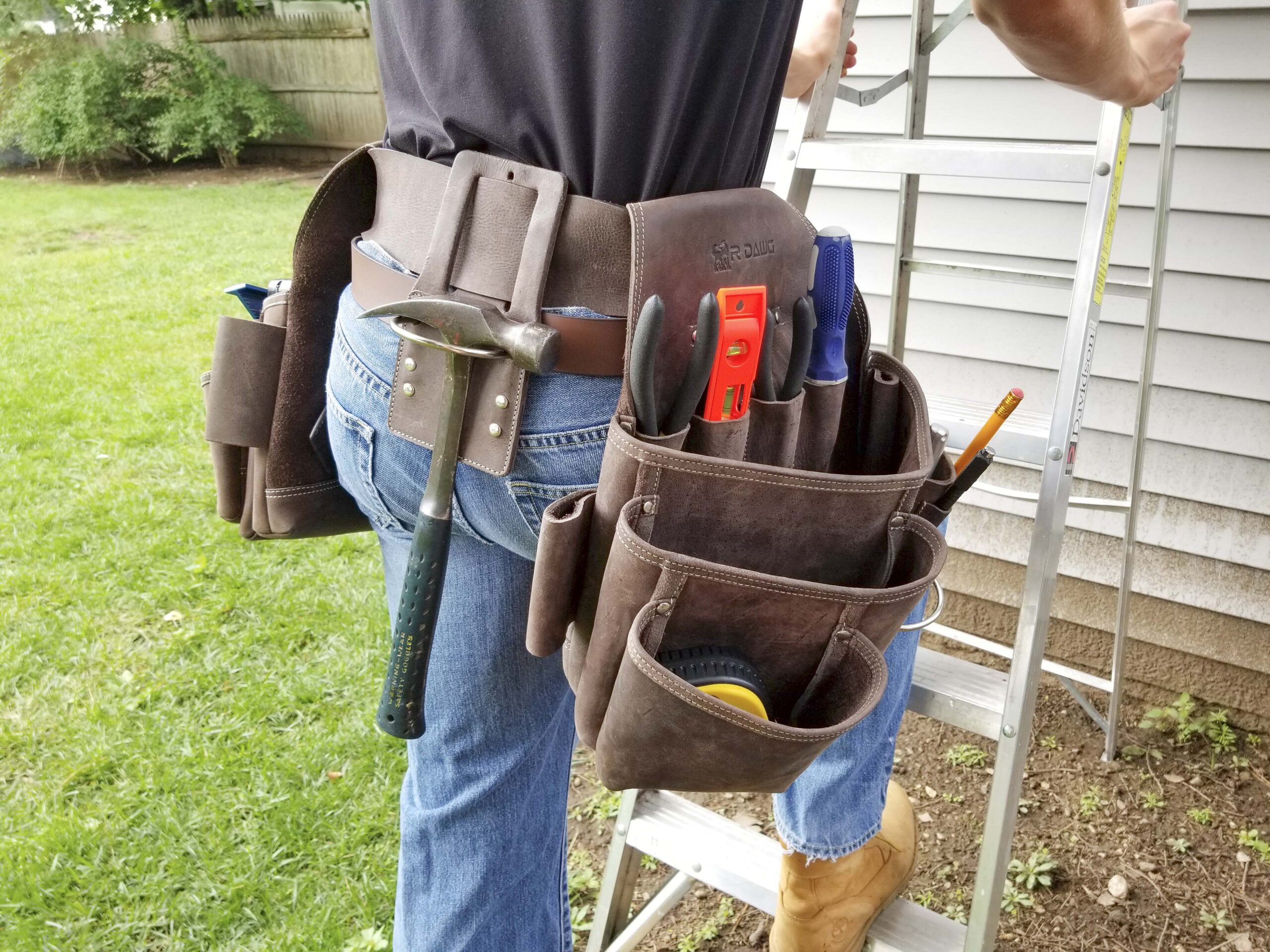
In conclusion, a tool belt is an essential piece of equipment for any DIY enthusiast or professional tradesperson. When buying a tool belt, there are several factors to consider, including size and fit, material, capacity and organization, comfort and weight, and durability. Different types of tool belts are available, including waist belts, aprons, and vests, each with its own pros and cons. Popular brands offer a range of options to choose from, and it is worth considering the features and price points of each model. There are also tool belts that are specifically designed for an electrician, plumber, construction worker, or for different types of carpenters. Ultimately, the right tool belt for you will depend on your specific needs and preferences. By considering these factors and doing your research, you can find a tool belt that will serve you well and make your projects and repairs easier and more efficient.


Father’s Day is just around the corner, and it’s time to show appreciation for the man who has always been there to fix things around
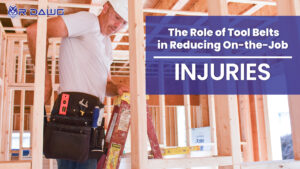
The importance of safety on the job cannot be overstated. A safe work environment protects employees from harm, reduces the likelihood of workplace accidents, and
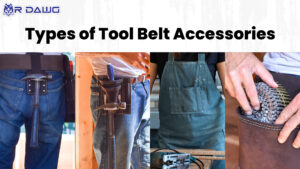
Tool belt accessories are designed to provide additional storage, organization, and convenience for workers, carpenters, and DIYers who need to carry tools and supplies on
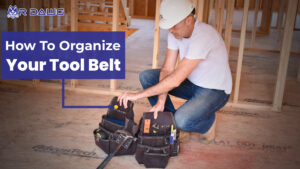
A tool belt is an essential piece of equipment for many trades and DIY projects. A tool belt that is organized allows you to keep
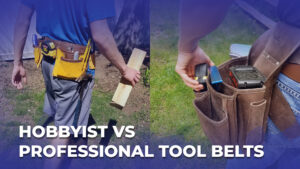
Tool belts are an essential part of any construction project. They help you work more efficiently and safely while on the job. A tool belt

There are different types of tool belts. The tool belt is a fantastic item to carry all the necessary tools at hand. It is much
We asked 100+ professional carpenters, woodworkers, and construction workers to help you decide the best tool belt for you.